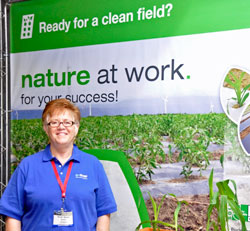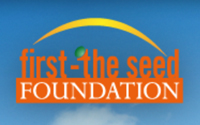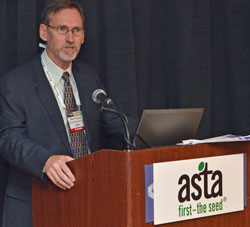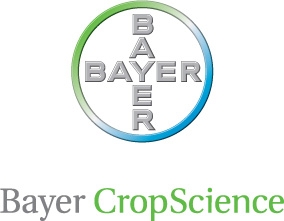 A new report from the U.S. Department of Agriculture confirms that pesticide residues do not pose a threat to the safety of U.S. food. This USDA news release says the 2013 Pesticide Data Program (PDP) Annual Summary shows the overall pesticide chemical residues found on the foods tested are at levels below the tolerances established by the Environmental Protection Agency (EPA).
A new report from the U.S. Department of Agriculture confirms that pesticide residues do not pose a threat to the safety of U.S. food. This USDA news release says the 2013 Pesticide Data Program (PDP) Annual Summary shows the overall pesticide chemical residues found on the foods tested are at levels below the tolerances established by the Environmental Protection Agency (EPA).
The 2013 PDP Annual Summary shows that over 99 percent of the products sampled through PDP had residues below the EPA tolerances. Residues exceeding the tolerance were detected in 0.23 percent of the samples tested. The PDP pesticide residue results are reported to FDA and EPA through monthly reports. In instances where a PDP finding is extraordinary and may pose a safety risk, FDA and EPA are immediately notified. EPA has determined the extremely low levels of those residues are not a food safety risk, and the presence of such residues does not pose a safety concern.
Each year, USDA and EPA work together to identify foods to be tested on a rotating basis. In 2013, surveys were conducted on a variety of foods including fresh and processed fruits and vegetables, infant formula, butter, salmon, groundwater, and drinking water. AMS partners with cooperating state agencies to collect and analyze pesticide chemical residue levels on selected foods. The EPA uses data from PDP to enhance its programs for food safety and help evaluate dietary exposure to pesticides.
USDA officials say the reliable data provided through the program helps assure consumers that the produce they feed their families is safe and confirms again that pesticide residues are below levels deemed safe.













